We’ve all been there! Too much yeast in bread and what now – keep it or toss it?
But, do you want to know what happens when there is too much yeast and how to solve that issue?
I promise, the yeast story is very interesting, not only you’ll understand what’s going on, but you also know what to do!
IN THIS ARTICLE:
What Is The Role Of The Yeast?
Yeast is a single-cell organism, part of the fungi kingdom. One of the oldest domesticated creatures known to mankind is yeat (Saccharomyces cerevisiae), which has been helping people make bread and produce alcohol for thousands of years.
The mentioned yeast is just one strain of the more than 1,500 identified pieces of yeast. It grows when there is food and water and stops growing if there aren’t food and water.


How Does Yeast Work?
Yeast makes bread rise.
It turns sugar into alcohol and gas to gain energy. Yeast doesn’t reproduce when there isn’t enough oxygen. Meaning it stops reproducing once it’s in bread dough.
Instead of reproducing, it starts to eat and sugar is its favorite food. When there is no sugar, yeast transforms the starch in flour into sugar. As a result, flour can provide the yeast with a constant food source. How nice!
When eating, yeast produces CO2, alcohol and organic acids. Yeast will continue to eat and produce these things if there is enough food and moisture.
At some point, gluten becomes leaky and fails to retain CO2 so your bread stops rising.
You have to admit, this is a very interesting story.
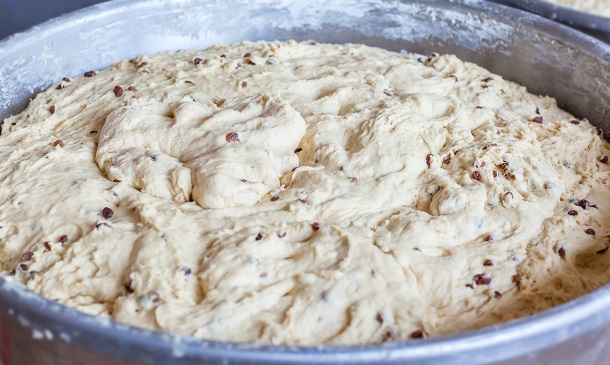

Fun Fact!
- The Latin translation of Saccharomyces cerevisiae is – sweet fungi of beer”.
How Does Temperature Affect Yeast?
The temperature is crucial when you make bread. Yeast grows the best at 79 °F (26 °C) and ferments best at 86 °F – 95 °F (30 °C – 35 °C).
At lower temperatures than mentioned, yeast slows down both processes. also, at higher temperatures, yeast enzymes don’t work well.
What Happens If You Put Too Much Yeast In Bread?
Okay, let’s imagine you’re in the process of making bread and accidentally adding too much yeast to the bread dough. What to do?
If you add too much yeast to the dough, the activity of gas and ethanol will increase quickly and produce a gassy dough that is hard to work with. Because of high gas activity, you need to reduce mixing time and get the loaves baked quickly. If you don’t do that, they will over-proof.


The following things can occur if there is too much yeast:
- Irregular holes through the bread crumb
- Pale colored bread
- Bread collapses when cutting
- The bread smells and tastes of alcohol
- The taste and smell of bread flavor will decrease
- Lower bread quality
How Much Yeast Is Too Much?
Standard bread recipes use 1.5-2% yeast in the recipe with the most common being 2% for everyday bread. The percentage of each ingredient is determined by the total amount of flour used in the recipe.
According to that, if the percentage of yeast used is above 2.2% of the flour – that’s too much yeast. The bread will start to smell and taste like yeast.
Fresh, Active Dried And Instant Yeast Conversion
Many bread recipes are based on using fresh yeast and they suggest standard 2% yeast to flour ratio. But if you want to use instant yeast or active dried yeast, you need to convert the recipe.
For accurate conversion, check these percentages to convert fresh yeast to active dried and instant yeast – fresh yeast is 100%, active dried yeast is 42% and instant yeast is 33%.
Is Too Much Yeast In Bread Bad For You?
Most bread yeasts are healthy for humans and won’t cause some health issues. Some research claim that yeast can help eliminate fatigue, increases vitality and cures several ailments.
It is actually very nutritious, so 1 tablespoon of dried yeast contains 3 grams of protein, 23 calories, B vitamins, phosphorus and iron.
But it’s not so simple. Many bakers use active dry yeast and when you consume too much, it will cause pain in your stomach. It isn’t a comfortable experience.


Also, some yeast species can produce mycotoxins, which are harmful to humans. Too much yeast can suppress the immune system causing various health disorders.
How To Fix Too Much Yeast In Bread?
Too much yeast in the bread will spoil the taste and aroma of your freshly baked bread. Still, there are some things you can try to save your bread.
The best approach you can do is to lower the temperature of the dough during the proofing time. Lower temperature will disturb the production of gas and give the dough enough time to mature.
If you can’t do that, there are a few other things you can do:
- Between two mixing, place the dough in the fridge for 10 minutes
- Increase the salt to 2.2% of the flour used in the recipe – salt will control yeast
- Replace white flour with whole-grain flour if possible
- Don’t cut bread before baking it
To Wrap It Up
It is more satisfying to make your own bread. But it’s not nice when you realised you added too much yeast to your bread. There are some things you can do, so try them and save your bread!



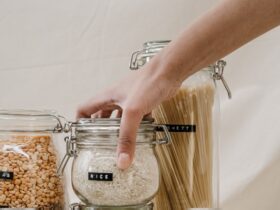
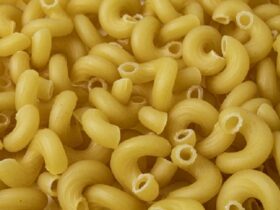
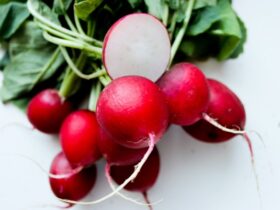
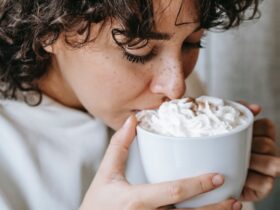
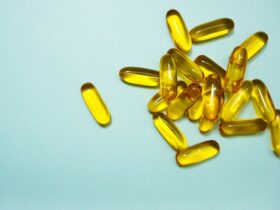
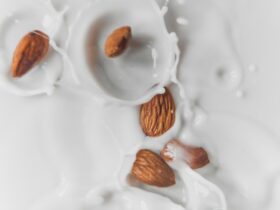
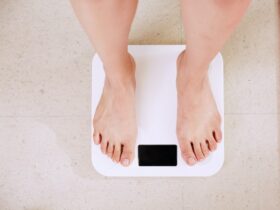



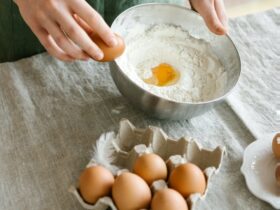

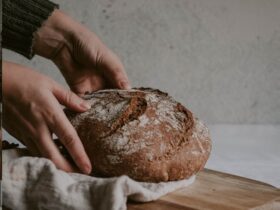
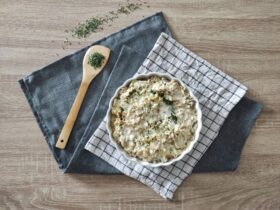

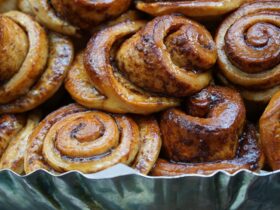
Leave a Reply